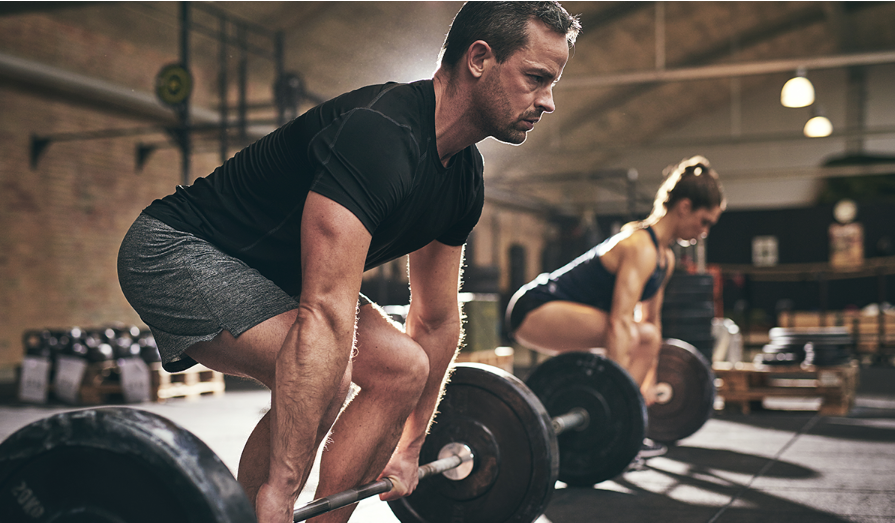The benefits and risks of deadlifting
Deadlifting is a popular exercise that is often included in strength training programs for its ability to work multiple muscle groups at once. However, like any exercise, it also comes with its own set of benefits and risks.Benefits of Deadlifting
Increases muscle mass: Deadlifting is an effective way to build muscle mass in the legs, back, and core. The exercise targets the glutes, quads, hamstrings, and lower back muscles, which results in an increase in muscle mass and strength.
Improves athletic performance: Deadlifting is a functional exercise that can help improve athletic performance by strengthening the muscles used in running, jumping, and other sports-specific movements.
Increases bone density: Deadlifting is a weight-bearing exercise, which means it can help increase bone density. This is important for preventing osteoporosis and other bone-related conditions.
Improves posture: Deadlifting helps to strengthen the muscles in the upper and lower back, which can help improve posture and reduce the risk of back pain.
Enhances mental health: Deadlifting is a great way to boost endorphins, which can help to improve mood and reduce stress.
Risks of Deadlifting
Back injuries: One of the main risks associated with deadlifting is back injuries. This can happen if the exercise is performed with poor form or if the weight is too heavy. It is important to use proper form and start with a weight that is appropriate for your fitness level.
Knee injuries: Deadlifting can also put stress on the knees, particularly if the exercise is performed with poor form. This can lead to knee injuries such as strains or sprains.
Shoulder injuries: Deadlifting can also put stress on the shoulders, particularly if the exercise is performed with poor form. This can lead to shoulder injuries such as strains or sprains.
Wrist injuries: Deadlifting also puts stress on the wrists, particularly if the exercise is performed with poor form. This can lead to wrist injuries such as strains or sprains.
Overtraining: Deadlifting is an intense exercise that can lead to overtraining if it is performed too frequently or with too much weight.
Deadlifting is a great exercise for building muscle mass, improving athletic performance, and increasing bone density. However, it is also associated with some risks, including back injuries, knee injuries, shoulder injuries, and wrist injuries. To avoid these risks, it is important to use proper form, start with a weight that is appropriate for your fitness level, and be mindful of overtraining. If you are new to deadlifting, it is also a good idea to work with a certified personal trainer who can teach you proper form and guide you through the exercise safely.

